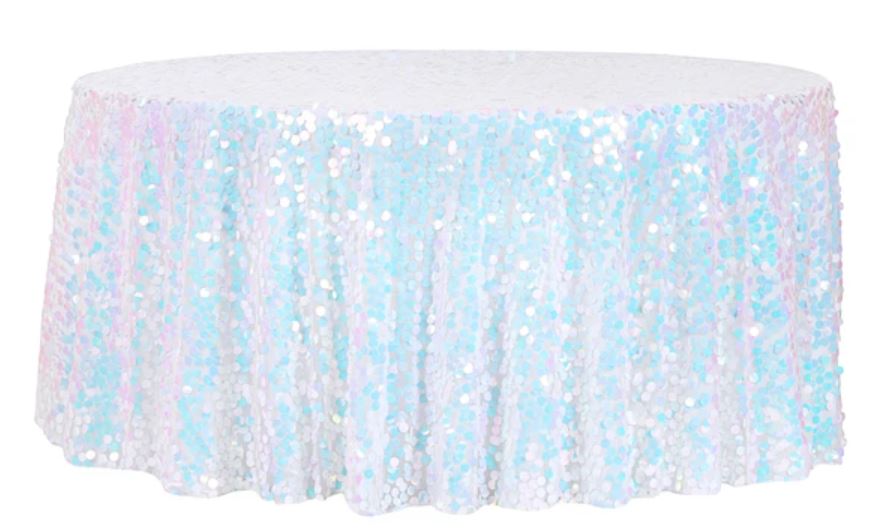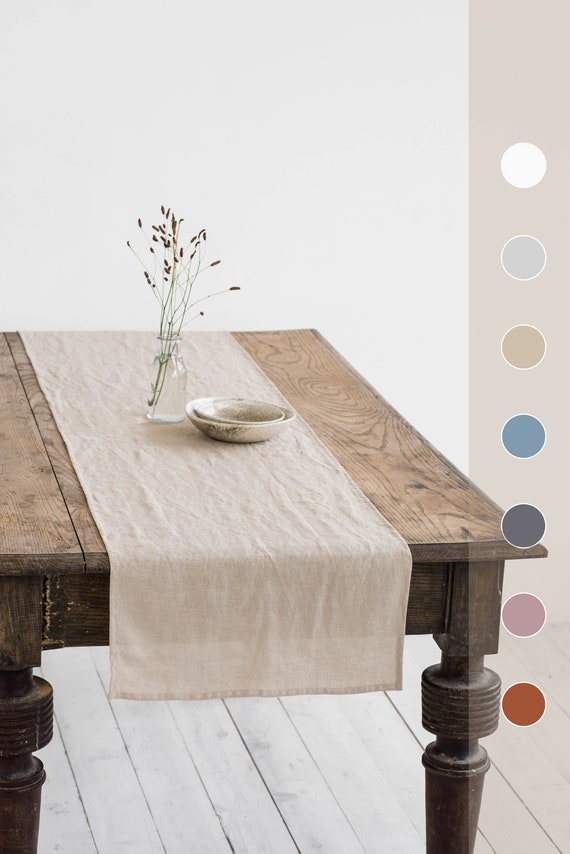Versatile Table Cloths: Designs and Fabrics for Any Occasion
Versatile Table Cloths: Designs and Fabrics for Any Occasion
Blog Article
Bed Linen Textile Innovations: Checking Out Modern Trends and Creative Applications in Design and Textile Market
From sustainable production methods to sophisticated weaving technologies, the evolution of bed linen is improving the landscape of the textile industry. As we dive into the realms of creative style applications and the development of bed linen blends and crossbreed materials, a new phase unfolds in which linen's duty in future fabric developments takes center phase.
Sustainable Practices in Bed Linen Production
Sustainable methods in bed linen production have actually become significantly crucial in the fabric sector's efforts to decrease environmental influence and advertise honest sourcing approaches. Linen, an all-natural fiber originated from the flax plant, offers an array of benefits such as biodegradability, durability, and breathability. Nonetheless, conventional methods of linen manufacturing can include considerable water usage, chemical use, and energy-intensive procedures.
To address these difficulties, many textile makers are embracing lasting methods throughout the bed linen production process. This consists of sourcing flax from organic farms that avoid hazardous pesticides and chemicals, implementing water-efficient retting methods to remove fibers from the flax stalks, and utilizing green dyes and finishes. Furthermore, some business are buying renewable power sources to power their production facilities and lowering waste through recycling and upcycling initiatives.
Technological Innovations in Linen Weaving
With the growing focus on lasting techniques in linen production, the textile market is now observing a surge in technological improvements specifically intended at changing the art of linen weaving. These advancements are improving the means bed linen textiles are generated, providing enhanced performance, top quality, and creativity in weaving techniques.
One of the key technological improvements in bed linen weaving is the integration of digital looms. These innovative looms are outfitted with software program that enables detailed and complicated styles to be woven with accuracy. By digitizing the weaving procedure, producers can achieve better consistency and accuracy in their bed linen materials.
Additionally, developments in thread spinning modern technology have actually made it possible for the production of finer and more long lasting bed linen threads - table cloths. This leads to softer and smoother linen fabrics that preserve their top quality also after numerous usages and washes
Furthermore, the development of eco-friendly dyeing procedures and surfaces for linen materials is getting traction. These lasting methods not just minimize the environmental influence however also satisfy the enhancing customer demand for fairly produced textiles.
Creative Design Applications for Bed Linen
Innovative creative strategies are increasingly shaping the innovative style applications for linen in the fabric market. Bed linen's all-natural visual appeal and capability to mix with various other materials make it a preferred choice for producing special garments and devices that provide to the environmentally conscious consumer.
Additionally, designers are explore bed linen in home decoration, utilizing its breathable and durable nature to craft elegant home furnishings such as drapes, bed linens, and furniture. The structure and drape of linen bring a sense of class and convenience to indoor rooms, including a touch of elegance to modern homes.
:max_bytes(150000):strip_icc()/sage-teddy_46-7e12be353dfc4e69b1afc52bf5af2820.jpg)
Bed Linen Blends and Crossbreed Fabrics

Crossbreed fabrics, on the various read the full info here other hand, take the idea of blending an action even more by incorporating added components such as metal threads, recycled products, or conductive fibers. These ingenious fabrics not just expand the layout possibilities yet likewise present practical aspects like conductivity, antimicrobial residential properties, or boosted durability. Crossbreed materials are increasingly being made use of in various sectors, including style, interior decoration, and technological textiles, where the need for multifunctional materials gets on the increase.
Bed linen's Role in Future Fabric Innovations

In the world of future textile technologies, linen is expected to be a crucial gamer in the growth of advanced useful fabrics. Researchers and designers are discovering means to boost linen's fundamental high qualities with technical innovations, such as including clever textiles, nanotechnology, and efficiency finishes. These developments aim to raise linen's performance characteristics, making it appropriate for a wider variety of applications, from activewear to safety garments.
Additionally, the mix of bed linen with other natural or artificial fibers opens limitless opportunities for producing novel textiles with distinct homes and performances. By leveraging linen's attributes and exploring cutting-edge blends, the fabric market is poised to introduce exciting developments that deal with evolving customer requirements and sustainability requirements.
Final Thought
Finally, the exploration of lasting techniques, technological improvements, imaginative layout applications, bed linen blends, and its function in future textile technologies highlight the continual development of linen textile in the contemporary design and fabric market. With a concentrate on innovation and creative thinking, the adaptability and environment-friendly nature of linen make it a beneficial product for producers and developers alike, leading the way for additional developments and innovations in the field of fabrics.
As we dig right into the realms of imaginative style applications and the emergence of bed linen blends and crossbreed materials, a brand-new chapter unravels in which linen's function in future textile advancements takes facility phase.
Exploring the combination of linen with other textiles has led to the appearance of innovative blends and crossbreed fabrics in the contemporary fabric sector. Linen blends use an unique combination of the features of linen with those of other fibers, resulting in textiles that possess enhanced properties such as boosted resilience, enhanced draping, and lowered wrinkling.The evolution of linen blends and crossbreed textiles has actually set the stage for Bed linen to play an essential role in driving future fabric technologies.In the realm of future textile advancements, bed linen is anticipated to be a key player in the advancement of sophisticated useful textiles.
Report this page